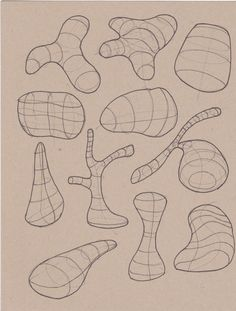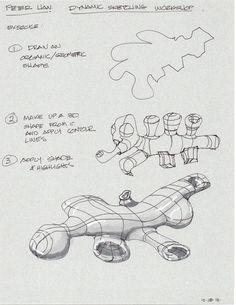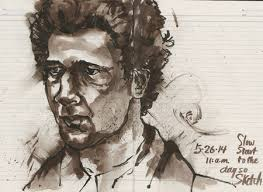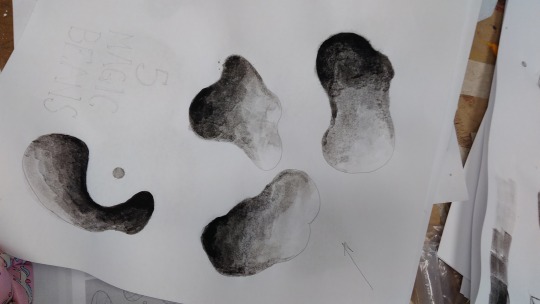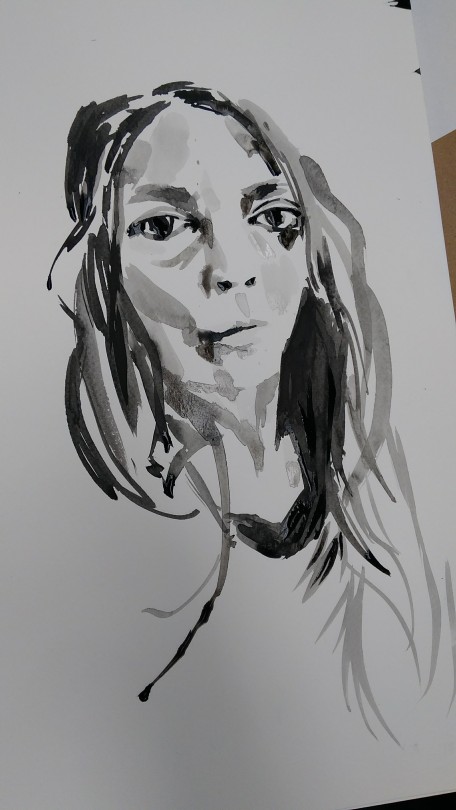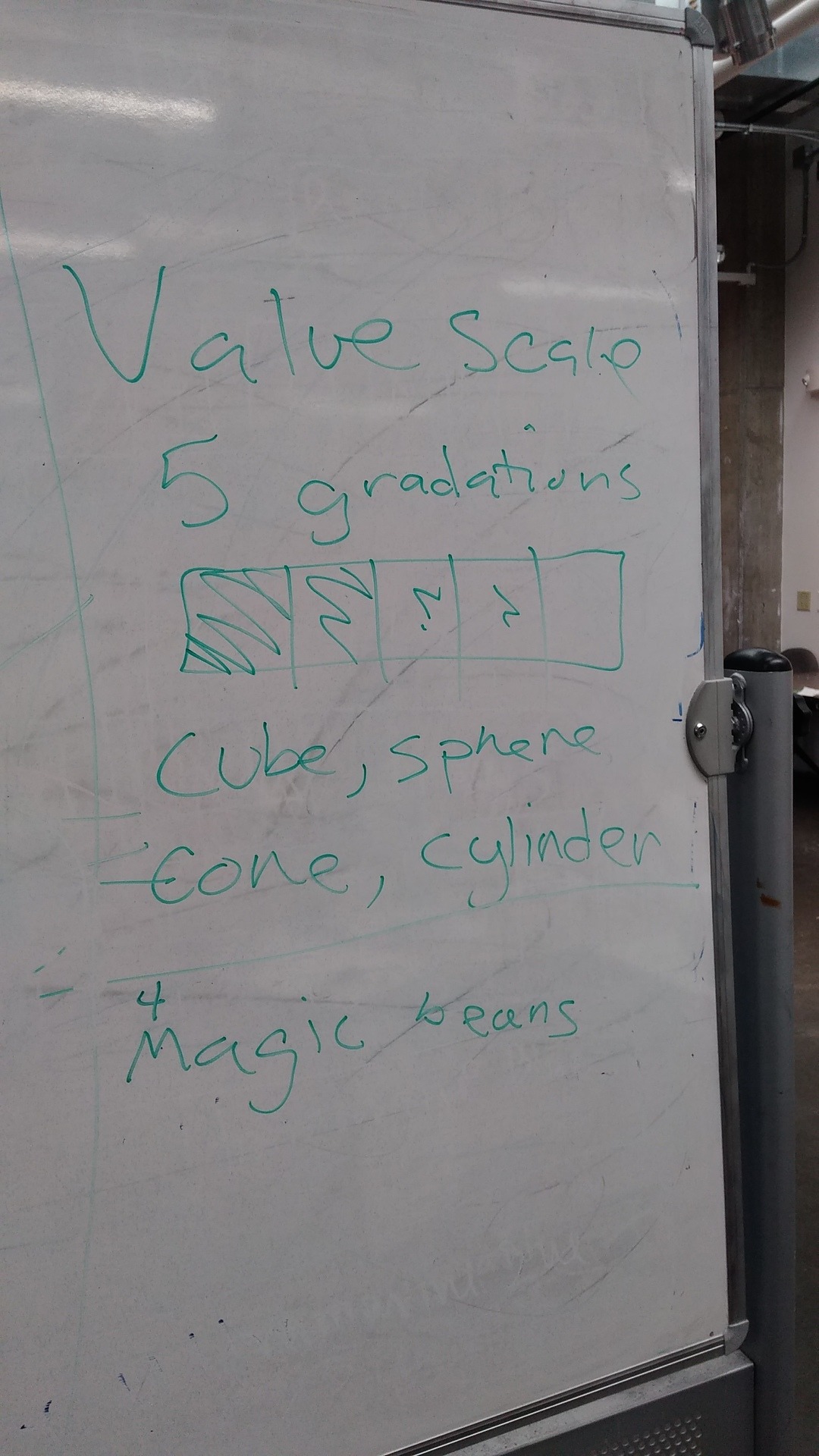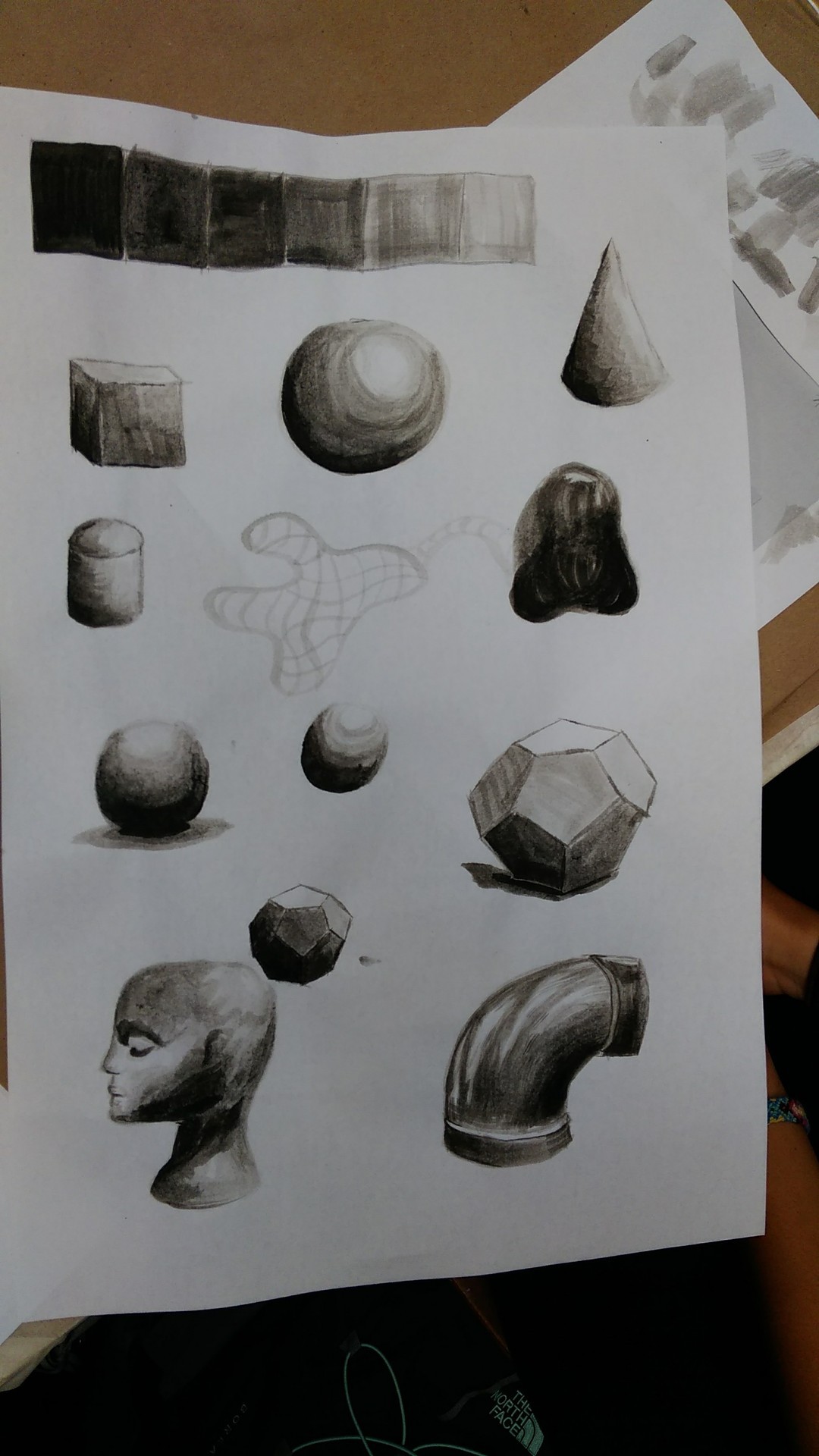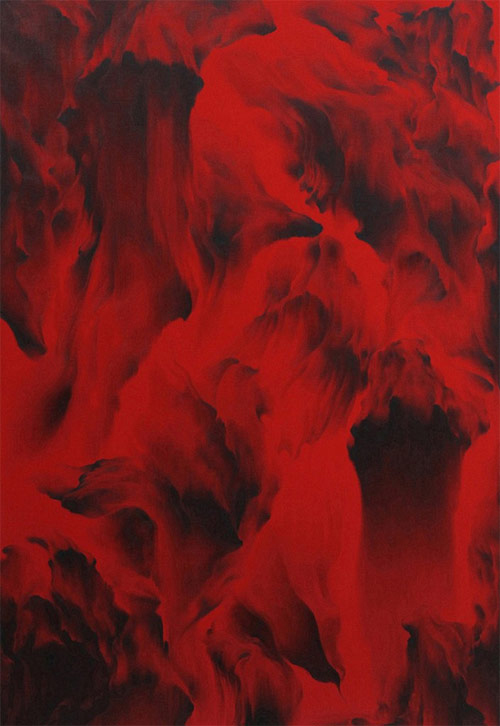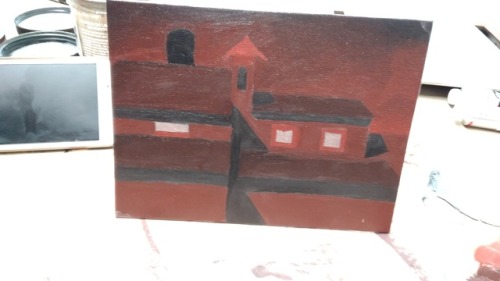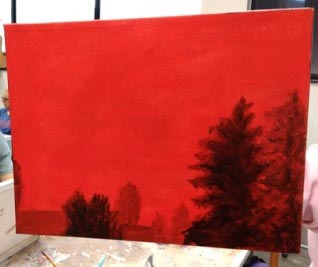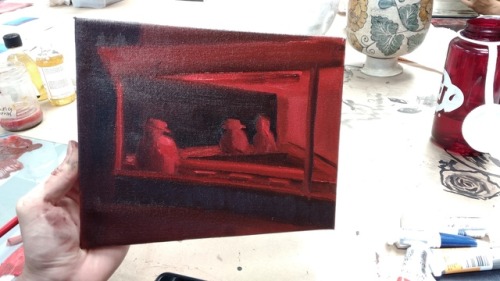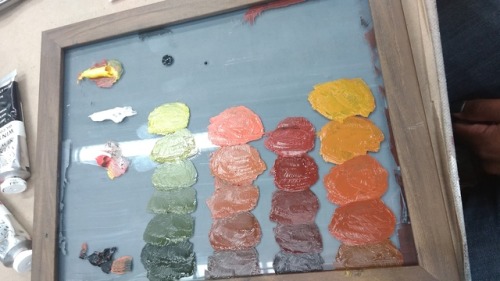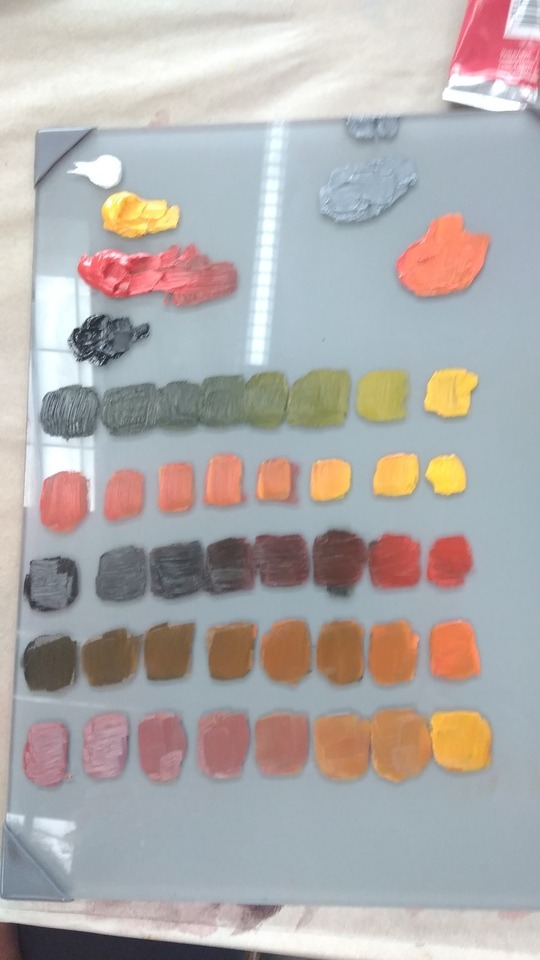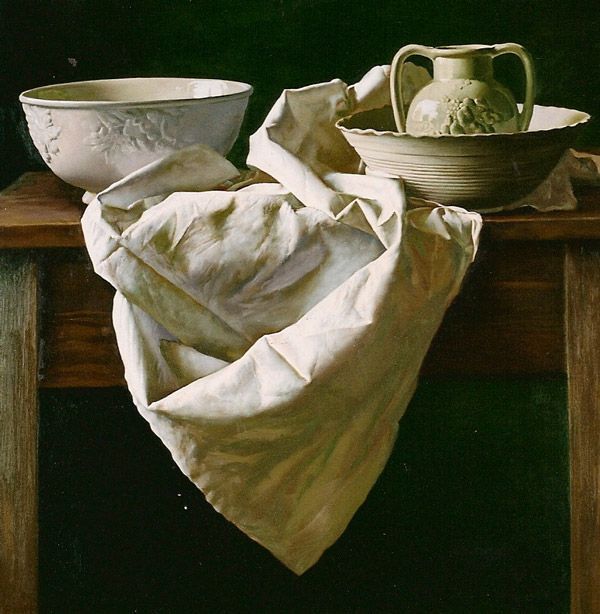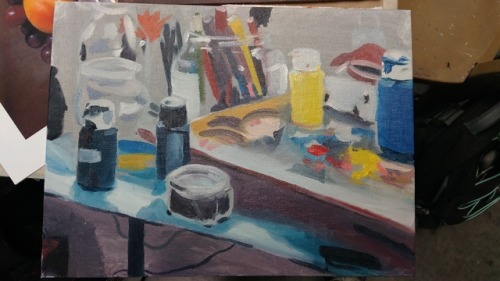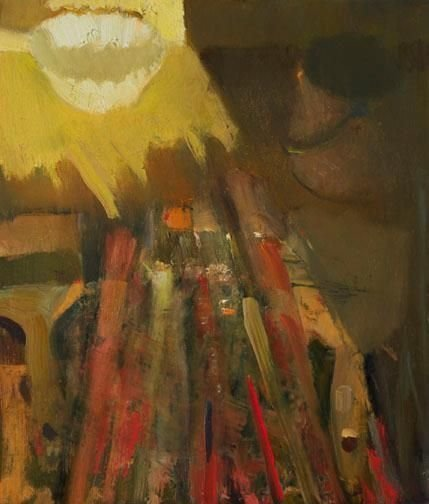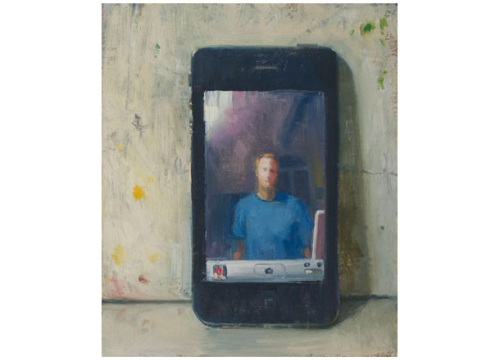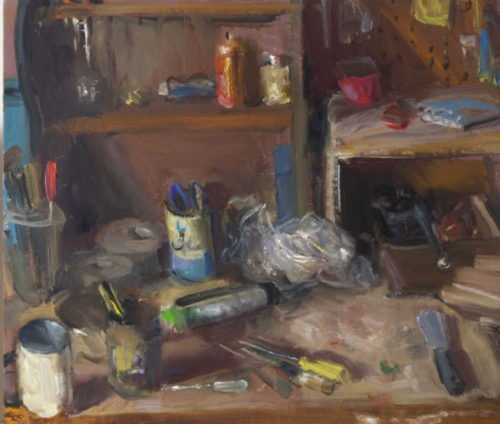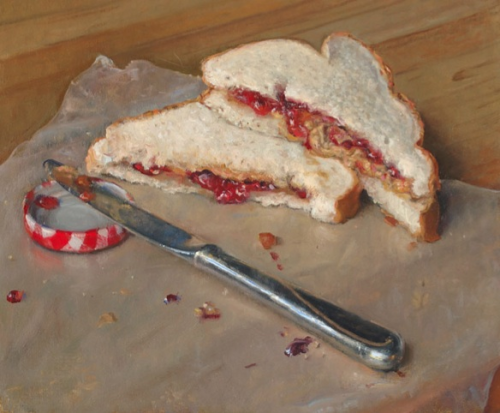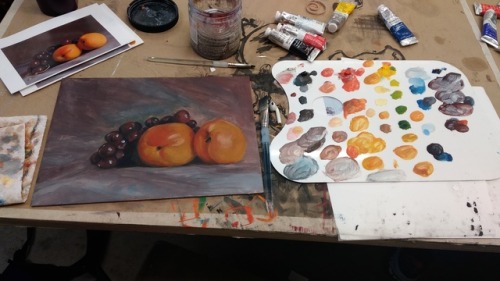Scroll to the end for a condensed list-
Everything you need to get started with Oil Paint!
You have the option of using Oils or Acrylics based upon your preferences. Oils have the luster generally associated with classical paintings and stay wet longer which allows them to blended more easily. Acrylics have the benefit of being water soluble, so you don’t have to buy paint thinner and linseed oil. They also dry quickly. They both have their benefits and drawbacks. There are student grade paints and professional paints. I’d recommend just getting the student grade paints since there is a huge price difference. The brand can be Umton, as in the picture below.
Paint
Oil Paints
Cadmium Red Medium
Cadmium Yellow Medium
Pthalo Blue or Ultramarine Blue (Pthalo Blue is more electric and fluorescent looking. Ultramarine is beginning to get a bit more purple and is a softer color)
Titanium White
Acrylics
Cadmium Red Medium
Cadmium Yellow Medium
Pthalo Blue or Ultramarine Blue
Titanium White
What to paint on?
Figuring out what to paint on is a personal preference. But can be determined by cost and other factors. Pick one of the below to paint on.
Canvas
Canvases have been used for centuries as a painting surface.
You don’t have to prepare the surface for painting.
They’re more expensive.
You can use the textured surface for certain effects.
Masonite
Is very cheap. You can get many small pieces (30cm x 40cm) cut at Obi or Bauhaus for free. I often get 30 pieces cut at once and it costs me around 500Kc.
Are durable
Has a rigid surface so you don’t have to deal with the movement of a canvas.
They’re smaller so they’re easier to store if you’ve got hundreds of paintings.
Students tend to be less precious with them, which is good, since sometimes a nice white canvas is an intimidating thing to “ruin”
Watercolor Paper
You’ll have to prepare the surface by buying Gesso (Šeps) or acrylic medium.
You can buy a “blok” of them and have many pieces to work on quickly.
Super Budget Surfaces
You can paint on cardboard as long as you prepare it first with Gesso or Acrylic Medium.
You can dumpster dive pieces of wood, drawers, and other materials from the garbage. (Just make sure it’s actually garbage and you aren’t stealing someone’s stuff who is just moving out of their apartment.)
Buy crappy old paintings at Bazars or Flea Markets (Kolbenova) and paint over the surface of them, or add new characters to them.
What’s Gesso?
Gesso
Gesso prepares a surface for painting. There’s two types. Oil based, and acrylic based. But you don’t have to worry about that yet. Just get the acrylic based gesso no matter if you are painting with oils or acrylics. Gesso performs a variety of purposes. For one it smooths the surface of a canvas or panel (masonite) , and it also protects the wood, paper or canvas from linseed oil. Linseed oil will eat away at these materials over the years. So there are archival qualities that make using gesso essential, especially if you want to make sure your painting lasts for a thousand years.
Acrylic Medium
Another option is to use Acrylic Medium to prepare your surface for oil paint. Acrylic medium is clear and can also be used with acrylic paints to create transparent surfaces.
Brushes
Get a flat brush. That means it’s rectangular, and not like the pointy brush they use in cartoons. The brush below is a ½ from the company AMI. It costs like 60kc and is available at Alta Mira. You want your bristles (that’s the hairs of the brush) to be kind of springy and firm.
Palettes
Get a piece of glass, and a scraper (A razor). Or coat a piece of cardboard with Gesso and you can also use this as a palette. I’ll bring some extra pieces of glass, but I only have a few.
Varnishes, Mediums and solvents
Cobalt Siccative
Cobalt Siccative is a medium which makes oil paint dry faster, and gives it a bit of a glossy finish. Add it to your linseed oil (in very small amounts)
Paint Thinner/Turpenoid/Redidlo
Paint thinner is used to clean your brushes and to thin your oil paint. We will be using it mainly in a jar to clean our brushes. You don’t need such a large container of it. Or maybe you do, if you want to paint a lot.
You’ll also need a container to put your thinner into. A jar with a lid that screws on tightly is a good option.
Linseed Oil
Linseed oil is the oil that is contained within oil paint. Often we need to add more oil to the paint in order to extend it, and make it easier to manipulate. You’ll also need a small container to hold it. A shot glass works well. Just don’t accidentally drink it.
Damar Varnish
Damar is also optional but is used on a painting once it is completely dry. It will also darken your dark colors more and give your surface a unified glossy appearance.
Miscellaneous
You’ll need a paint rag to clean your brushes, and use while you are painting.
Condensed List
Oil Painting
Cadmium Red Medium (Hue) (Brand Umton)
Cadmium Yellow Medium (Hue) (Brand Umton)
Pthalo Blue or Ultramarine Blue (Brand Umton)
Titanium White
Gesso or Acrylic Medium
Flat Brush (the rectangular ones.) Brand AMI. see photo above.
Paint Thinner (Redidlo)
Glass jar with lid. (Eat some jam)
Linseed Oil (Lineny Olej)
Shot glass or bottle cap
Canvases, Masonite, Cardboard, or Old Wood
Palette (Glass or Cardboard) and paint scraper.
Painting Rag (tear up an old t-shirt)
Acrylic Painting
Cadmium Red Medium (Hue)
Cadmium Yellow Medium (Hue)
Pthalo Blue or Ultramarine Blue
Titanium White
Glass jar with lid.
Paint rag
Palette (Cardboard or glass)
Canvas, masonite, cardboard, or wood
Painting Rag (tear up an old t-shirt)
Gesso or Acrylic Medium



